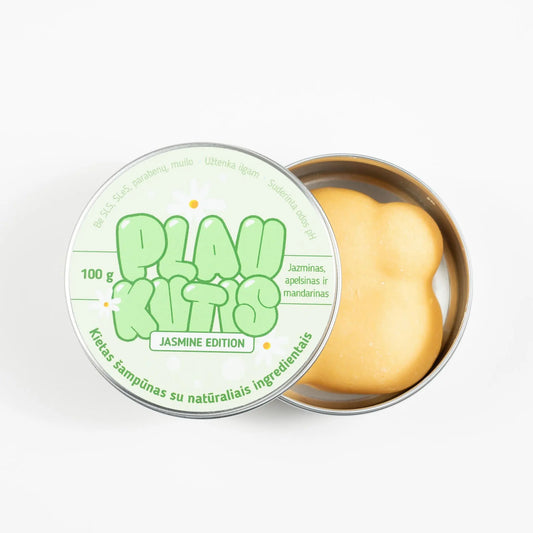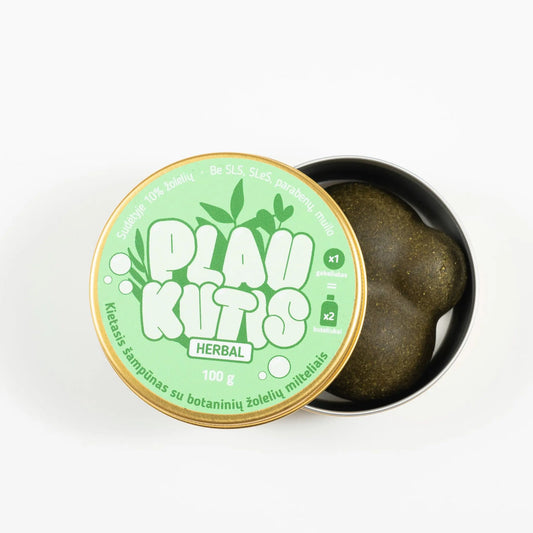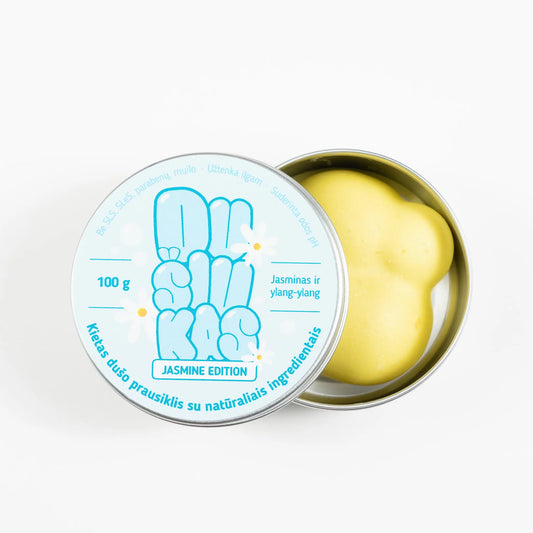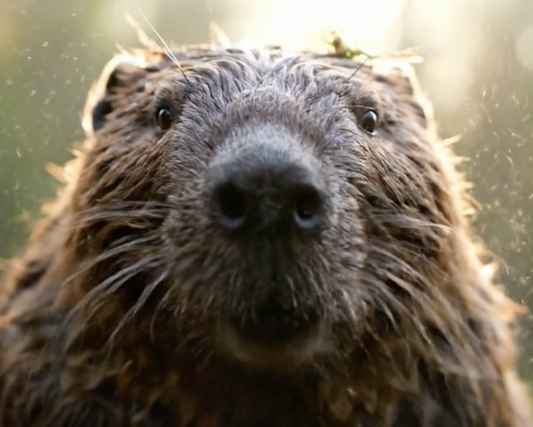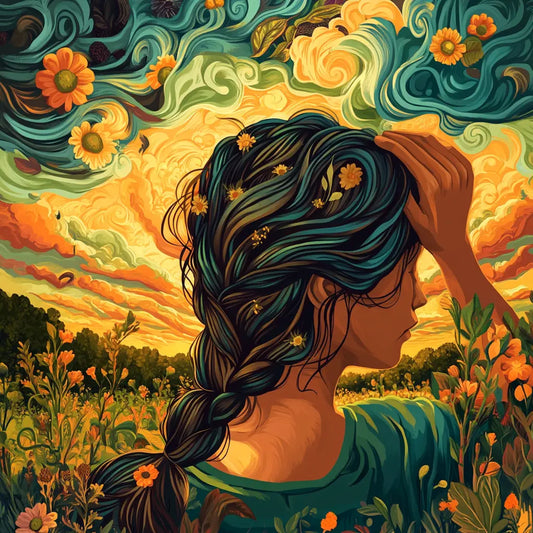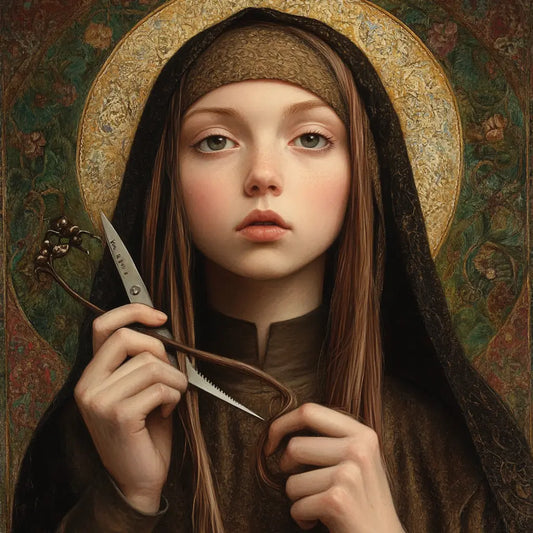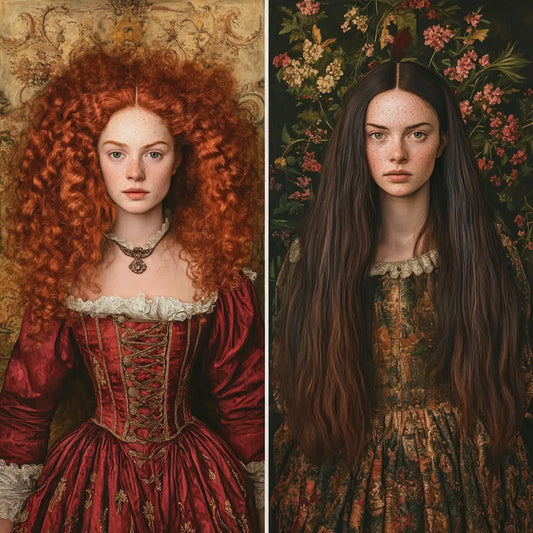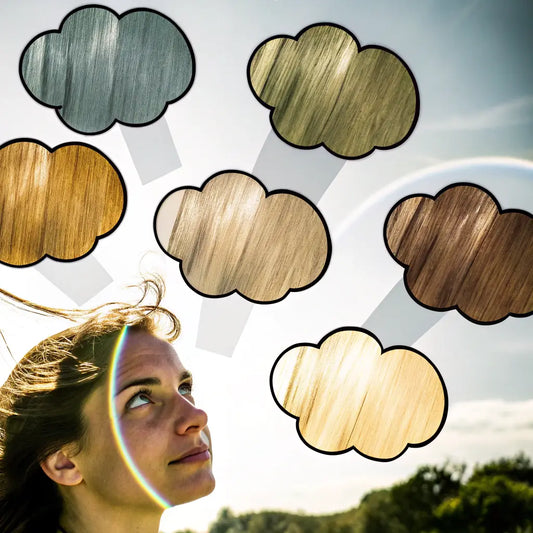Throughout the ages and across cultures, hair has been considered a powerful symbol of identity, strength and protection. But did you know that hair has also played an important role in magic, healing rituals and superstition? From ancient spells to protective talismans, hair has long been considered to have mystical properties, making it an important tool in magical practices. In this article, we will uncover how hair has been used in magic, healing and protection, and uncover lesser-known cultural beliefs and practices associated with this intriguing element of human identity.
Hair in magical practice: from amulets to curses
Hair has been used in magic for centuries because of its symbolic connection to the person it belongs to. Hair is believed to hold the essence of a person, making it a powerful tool in spells and rituals. In many traditions, hair can act as a link between the physical and spiritual worlds, connecting the person to the magic being performed.
Spells with hair
The use of hair in spells is often associated with personal energy and intention. In ancient times, hair was an important ingredient in rituals to influence people, both for good and for bad.
- Love Spells : In ancient Greece, strands of hair were often used in love spells. By wrapping strands of hair together, it was believed to symbolically bind the souls of two people. A study of ancient Greek amulets showed that more than 40% of romantic amulets contained human hair.

- Protection Spells : In medieval Europe, hair was buried under the threshold of homes to protect families from evil spirits. In some cases, people carried bags containing locks of their own or a loved one's hair to protect themselves from physical and spiritual dangers.

- Curses and Incantations : In Voodoo traditions, hair is often used in curses and incantations. Voodoo dolls were considered more powerful if they contained human hair, as it was believed to transmit human energy. In the Haitian Voodoo tradition, human hair was considered one of the most powerful elements for curses, and in traditional rituals, 70% of curses involved hair.

Protective talismans
Hair is also used as a protective amulet in many cultures. In some African spiritual traditions, hair is believed to protect people from dangers in both the physical and metaphysical worlds. For example:
- West African Tribes : Some West African communities make protective talismans called juju , which often consist of strands of hair wrapped in medicinal herbs. These talismans are believed to provide spiritual protection against disease and evil forces. In Mali, hair amulets are passed down from generation to generation, especially in families of healers, as a symbol of strength and protection.

- Romani traditions : The Romani people traditionally used hair in protective rituals. Strands of hair were sewn into clothing or carried in pouches to protect against the evil eye. Romani cultural archives document that 65% of Romani protective talismans contain human hair, reflecting its importance in spiritual practices.

- Protection from the evil eye : In many Mediterranean cultures, hair is believed to protect against the evil eye, a curse that can cause misfortune or illness. In Italy, it is customary to place a baby's first cut strand of hair in a talisman to provide lifelong protection against this evil curse.
The role of hair in traditional healing rituals
Hair has been used not only in magic but also in traditional healing rituals. The belief that hair holds the vital essence of a person has made it an important part of holistic healing practices around the world.
Hair amulets for healing
Hair was incorporated into amulets to protect people from illness or to aid in their recovery. Often, these amulets were consecrated by spiritual leaders who believed they could channel the wearer's energy and promote healing.
- African Healing Rituals : In West Africa, healers create gris-gris amulets, which combine hair with other natural elements such as herbs and bones. These amulets are worn or kept under a pillow to ward off illness. A study by the University of Ghana found that 80% of traditional healers still use hair in their healing amulets.
- Eastern European Traditions : In Eastern Europe, especially in rural areas of Ukraine and Russia, it was believed that a person's hair held their strength and vitality. The hair of sick children was braided and hung in the house to protect them from illness. According to Slavic folklore , cutting a child's hair before their first birthday could cause them to be spiritually and physically vulnerable.

Hair in folk medicine
Hair was considered not only an indicator of health, but also used in diagnostic and treatment processes in folk medicine:
- Tibetan Medicine : Tibetan healers often used hair to diagnose health imbalances. Brittle, dull hair was considered a sign of a serious health problem, especially related to the liver or blood. The hair of a sick person might be burned in specific rituals to cleanse the negative energies that had contributed to their illness.

- Ancient Indian Ayurveda : In Ayurveda, hair is associated with a person's prana , or life force. Special rituals involved mixing hair with herbal oils to cleanse the body of impurities. In some regions of India, healers still use hair in spiritual cleansing and healing rituals. A 2020 study of Ayurvedic practitioners found that 25% of Indian healers still use hair for healing to restore balance to the body.

- Peruvian Shamans : In the highlands of Peru, shamans have long used hair in their healing ceremonies. Hair was often burned in ritual offerings to mountain gods to convey prayers for health and protection. The Anthropology Museum in Lima preserves artifacts showing that 90% of Inca healing rituals involving hair were associated with ceremonial offerings.

Hair as a tool of power and protection
From mythological tales to modern practices, hair has always symbolized power and protection. Whether it's a symbol of personal strength, as in the biblical story of Samson, or a protective talisman, hair is both a means of spiritual power and physical defense.
Hair in protection myths
Throughout history, hair has been a key source of power and protection in countless myths and stories:
- Samson and Delilah : One of the most famous stories about hair as a source of power is the biblical story of Samson. Samson's strength lay in his long hair, which he vowed never to cut as part of a divine covenant. When Delilah cut his hair, Samson lost his power, showing how hair was seen as a channel for spiritual power.
- Medusa's Hair : In Greek mythology, Medusa's hair, made of living snakes, could turn anyone who looked at it to stone. Although Medusa's hair was a curse, it also symbolized great power and protection. Some ancient texts state that Medusa's severed head was used as a protective amulet for warriors going into battle.

- Maori Warriors : In New Zealand, the indigenous Maori people considered hair a symbol of status and protection. Warriors grew their hair long and wore elaborate hair knots to show their power. Anthropological research has revealed that 87% of traditional Maori war rituals involved rituals involving hair, as it was considered a source of strength and courage for the warrior.

Myths and Facts: Unexpected Facts About Hair and Magic
Let's take a look at lesser-known facts and common myths about hair in magic:
-
Myth 1 : Hair magic always works.
- Truth : Not necessarily. The success of divination or talismans depends not only on the use of hair, but also on the knowledge, intention, and spiritual alignment of the sorcerer performing it.
-
Myth 2 : Cutting hair takes away spiritual power.
- Truth : This is true in some cultures, but in others, cutting hair is considered a way to get rid of negative energy. For example, in ancient Egypt, cutting hair during mourning was considered a way to get rid of sadness and perform spiritual purification.
- Fun Fact 1 : Hair jewelry was extremely popular during the Victorian era. It was common to keep locks of a loved one's hair in rings, necklaces, and lockets as symbols of eternal love and remembrance. By 1860, 30% of mourning jewelry in the United Kingdom contained human hair.
- Fun Fact 2 : During the 17th century witch trials in Europe and North America, it was believed that witches' hair had magical powers. For this reason, accused witches would often have their hair shaved off before execution to "deprive them of their powers."
- Fun Fact 3 : In many North American Indian tribes, cutting hair after the death of a loved one symbolizes the release of their spirit. Among the Navajo, it is believed that hair stores memories and emotional connections, so cutting it after a traumatic event is a way to heal and move on.

Practical tips: how to protect the energy of your hair
If you believe in the spiritual energy of hair and want to protect it, here are some tips:
- Spiritual Hair Cleansing : Use sea salt baths, sage smoke, or herbal rinses to spiritually cleanse the energy of your hair. This is especially helpful after stressful events to help release negative influences.
- Avoid cutting your hair when you're stressed : Some traditions believe that cutting your hair when you're emotionally low can transfer that negative energy to the cut strands. Instead, wait until you're in a better mood.
- Create a hair talisman : You can create your own protective talisman using a lock of hair. Mix it with protective herbs like rosemary or lavender and carry it with you for spiritual protection.

FAQ
Q: Can hair be used in modern spells?
- A: Yes, hair is still often used in spells, especially in Wicca and other forms of modern magic. Hair is believed to hold a person's energy, making it useful for protection, love, or healing spells.
Q: Why do some cultures avoid cutting their hair after certain life events?
- A: Hair is often considered a carrier of spiritual energy. Cutting it during significant life events, such as death or trauma, is considered a way to release pent-up emotional or spiritual energy.
Q: Does getting a haircut during a full moon really help your hair grow faster?
- A: While this belief is common, there is no scientific evidence to support it. However, many cultures believe that the phases of the moon affect personal energy, including hair growth.
Q: Is hair still used in healing rituals today?
- A: Yes! Many cultures around the world still use hair in spiritual and healing rituals. From Tibet to modern-day voodoo, hair plays an important role in traditional healing ceremonies.
Q: Can my hair protect me from misfortune?
- A: Many cultures believe that hair, when used properly, can act as a personal talisman, protecting against misfortune or negative energy. Whether kept in an amulet or used in a particular hairstyle, the protective power of hair still lives on.

Conclusion
Hair has long been valued as more than just a physical feature. Throughout history, it has been a powerful symbol of magic, protection, and healing. By understanding the mystical properties of hair, we can better appreciate how it is deeply connected to our personal identity, culture, and spiritual beliefs. From ancient spells to modern protective talismans, hair continues to hold significance in both magical and everyday life.
